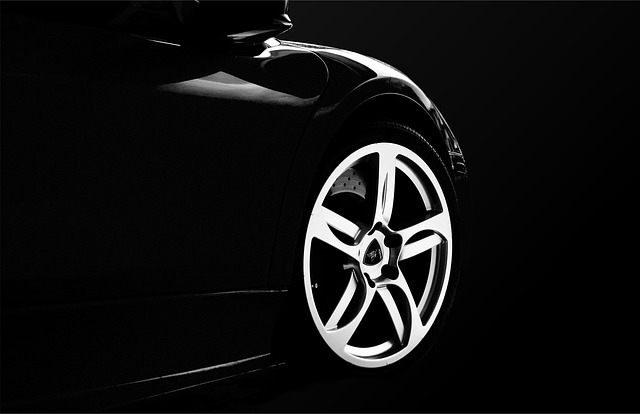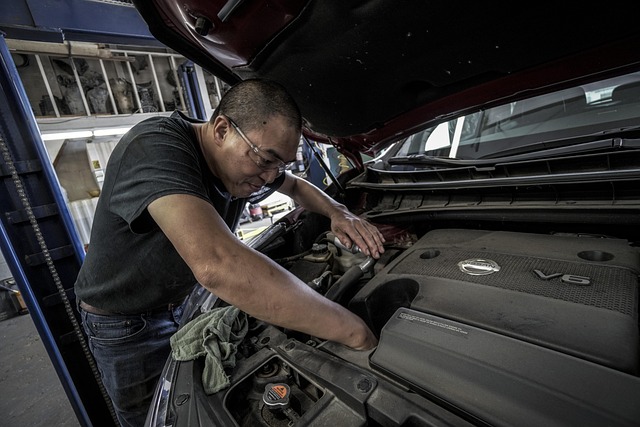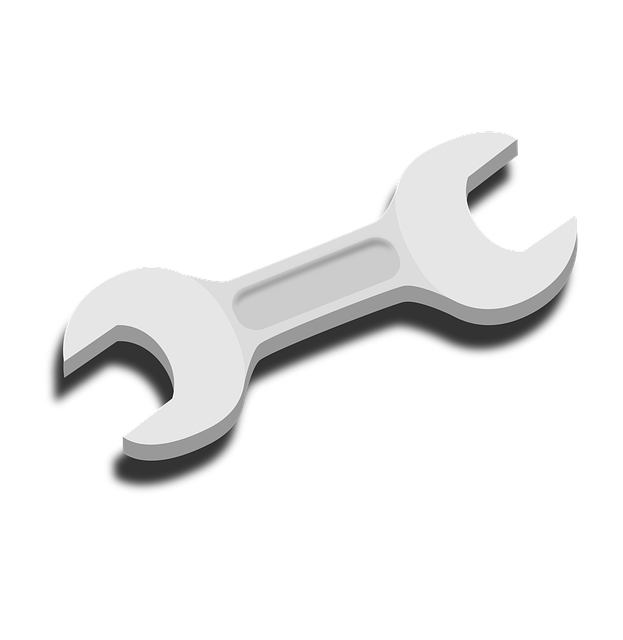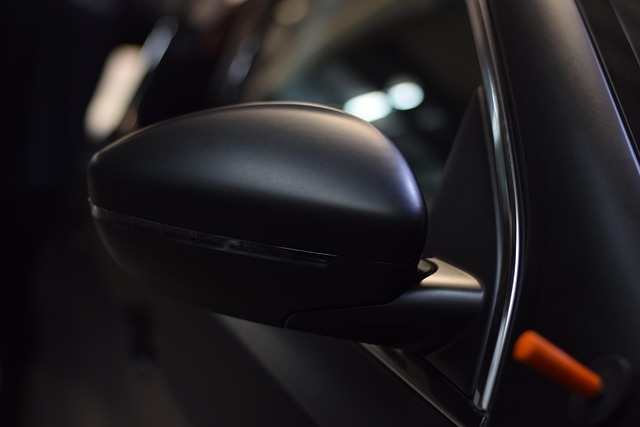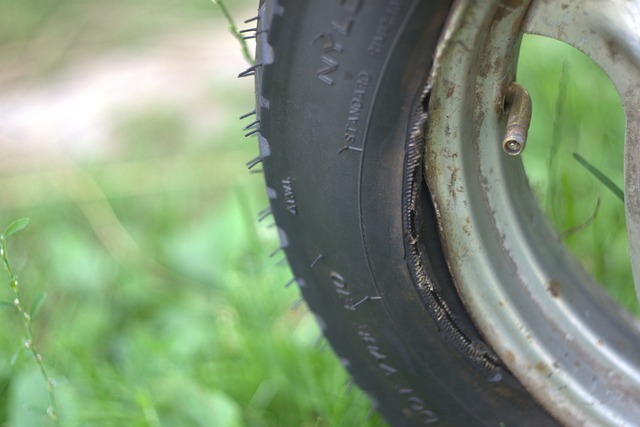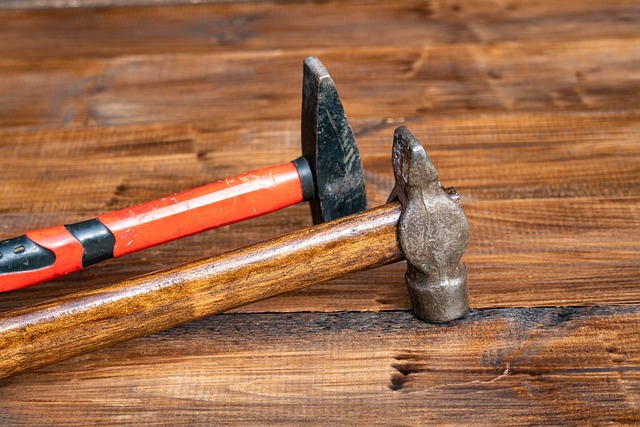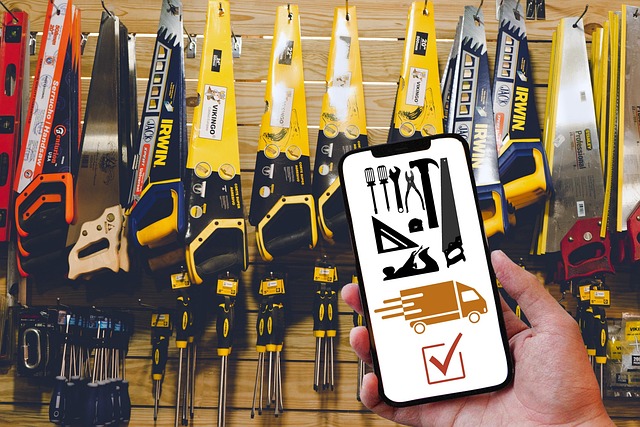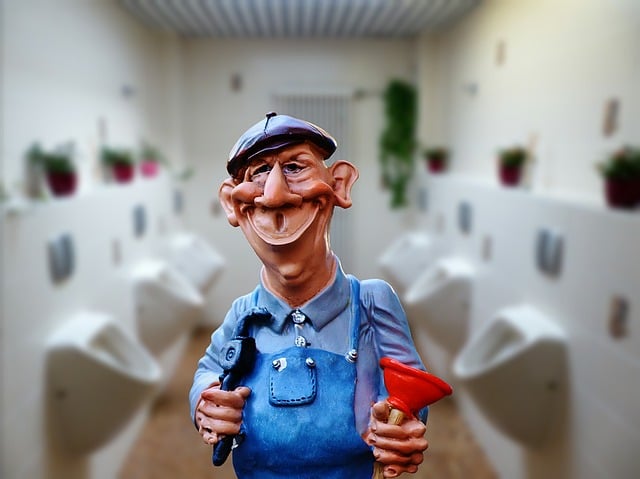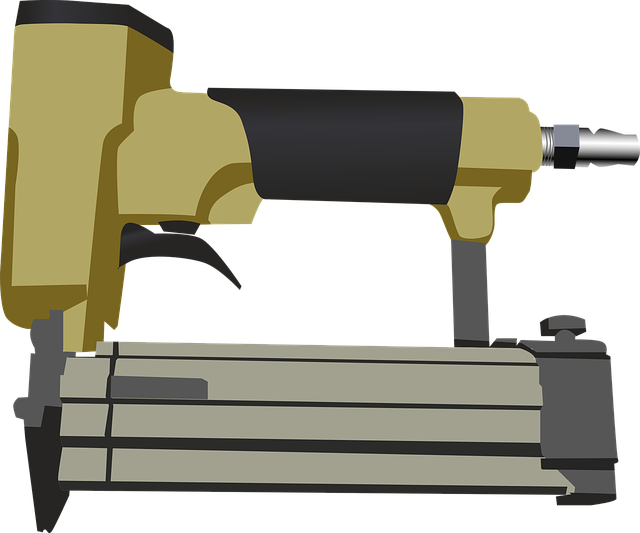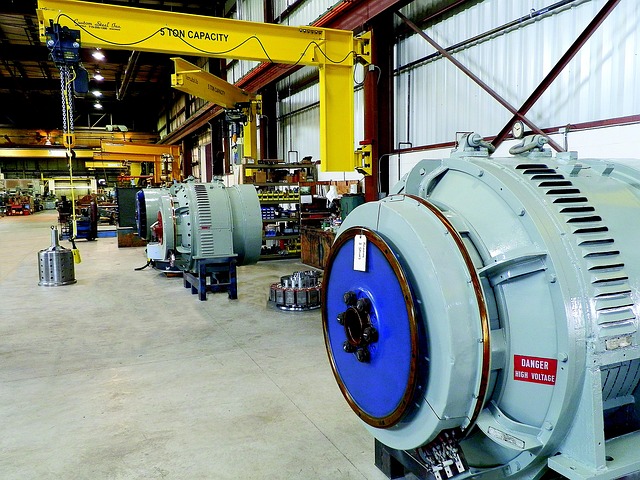Classic car restoration is an art that combines historical knowledge and meticulous craftsmanship to revive vintage vehicles. It involves a comprehensive inspection, frame repair, bodywork, authentic painting, interior restoration, mechanical overhauls, and finishing touches. Specialized tools, materials, and expertise are essential to preserve the cars' unique construction, design, and distinct historical identity, ensuring they function and look like new while telling their captivating stories from the past.
Uncover the art of classic car restoration—a meticulous process that breathes new life into vintage vehicles. This comprehensive guide explores the unique challenges and rewards of restoring these timeless gems. From understanding the intricacies of classic cars to a step-by-step approach, we’ll walk you through every phase. Learn essential techniques, discover crucial tools and materials, and master the art of restoration. Discover why classic car enthusiasts find this journey not just rewarding but also a preservation of automotive history.
- Understanding Classic Cars and Their Unique Restoration Process
- The Step-by-Step Guide to Restoring a Classic Car
- Essential Tools, Materials, and Techniques for Successful Restoration
Understanding Classic Cars and Their Unique Restoration Process
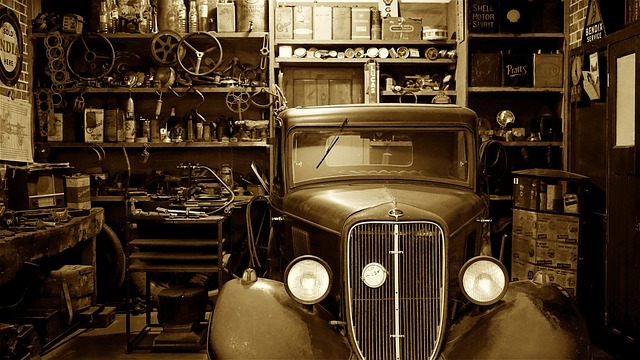
Classic cars are not just a passion for enthusiasts; they represent a unique chapter in automotive history. Each vehicle is a testament to craftsmanship and design from a bygone era, often featuring intricate details and iconic styles that have stood the test of time. Restoring these classics requires more than just technical skill; it demands an understanding of their distinct characteristics and the ability to capture their original essence.
The restoration process for classic cars differs significantly from modern vehicles. These timeless machines may have unique construction methods, rare parts, and specialized mechanisms that require expert knowledge. From locating authentic replacement parts to fixing intricate mechanicals or even repairing subtle damage like car scratch repair, every step is a meticulous journey. A reputable collision repair shop or vehicle body shop with expertise in classic cars can provide the necessary services, ensuring these historical machines not only run but also look as good as new while preserving their unique identity.
The Step-by-Step Guide to Restoring a Classic Car
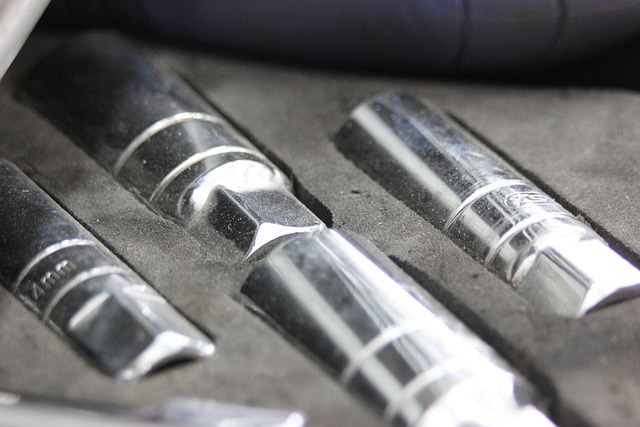
Restoring a classic car is an art form that combines meticulous attention to detail with a deep understanding of automotive history. It’s a journey that begins with a thorough inspection and ends with a vehicle that not only drives but also tells a story from another era. Here’s a step-by-step guide to ensure the process goes smoothly:
1. Preparation and Inspection: Start by thoroughly examining the car, inside and out. Identify any damage, rust, or areas needing repair. This stage is crucial for setting realistic goals and understanding the extent of work required. Take detailed notes and create a plan, focusing on both visible restoration needs and underlying structural integrity.
2. Auto Frame Repair and Bodywork: With the car’s structure in mind, address any frame damage or issues with auto bodywork. This might involve welding, straightening panels, or replacing parts. Ensuring the frame is solid and the body panels are aligned perfectly is foundational to a successful restoration.
3. Detailing and Auto Body Painting: Next, focus on meticulous detailing. Prepare the surface by degreasing, sanding, and priming. The painting stage requires careful selection of colors and finishes that accurately replicate the original aesthetics. This step transforms the car’s appearance, making it look as close to its former glory as possible.
4. Interior Refinement: Don’t overlook the interior. Restore or replace seats, dashboards, and other components to match the car’s vintage. Pay attention to details like stitching, material choices, and hardware for a truly authentic feel.
5. Mechanical Restoration: The heart of the car needs love too. Overhaul or completely rebuild the engine, transmission, and other vital systems based on the vehicle’s make and model. Ensure all components are in top condition, running smoothly, and performing as they should.
6. Final Touches: Once the major work is complete, add final touches like new tires, chrome trim, and any additional accessories that enhance the car’s classic look.
Essential Tools, Materials, and Techniques for Successful Restoration
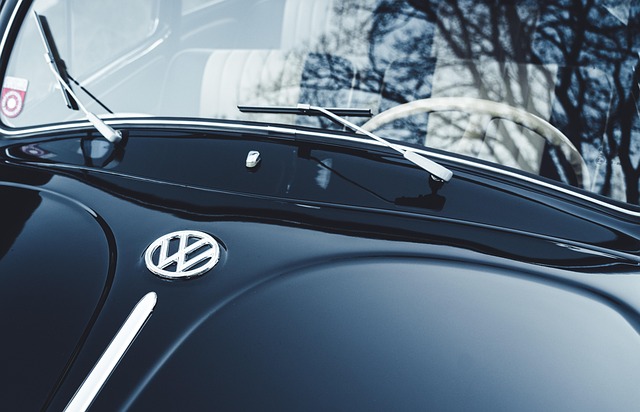
Classic car restoration is a meticulous art that requires an array of specialized tools and materials to achieve a flawless result. Before starting any restoration project, ensure you have assembled the essential equipment tailored for this unique task. This may include power tools like impact wrenches, sanders, and polishers, along with hand tools such as socket sets, paint applicators, and brushes designed for auto bodywork.
The right materials are equally vital; high-quality body putty, primer, and paint are essential for repairing car damage and achieving a smooth finish. Additionally, consider investing in specialized compounds and polishes to enhance the final appearance. Proficiency in auto body repair techniques is paramount; from panel replacement and welding to meticulous paintwork and clear coating, each step demands precision and an understanding of classic car aesthetics.
Classic car restoration is an art that combines historical preservation with skilled craftsmanship. By understanding the unique process and essential tools required, enthusiasts can bring these automotive gems back to their former glory. This guide provides a comprehensive roadmap for tackling the journey of classic car restoration, ensuring that both novices and experienced restorers have the knowledge to successfully revive these timeless vehicles.
